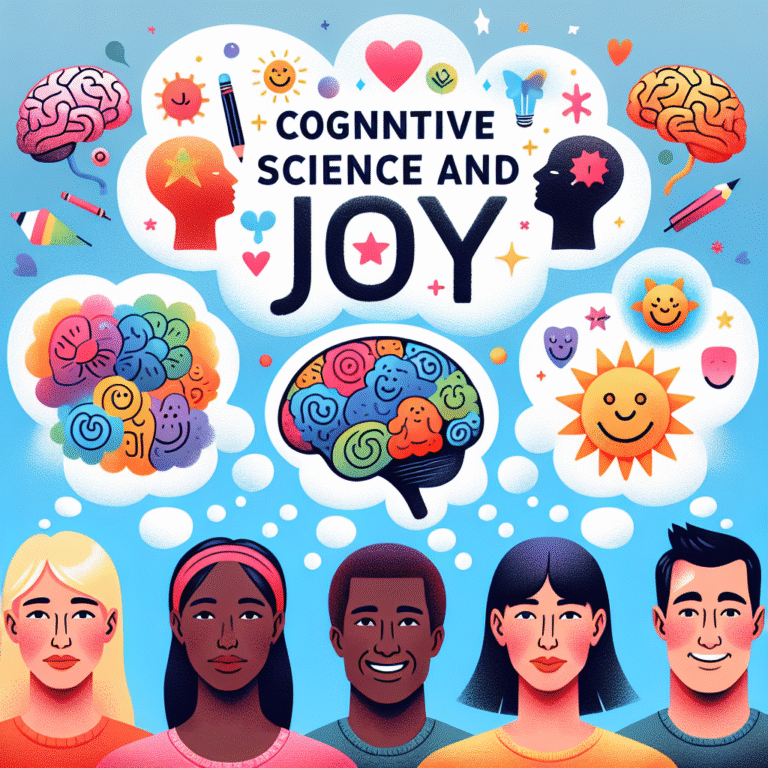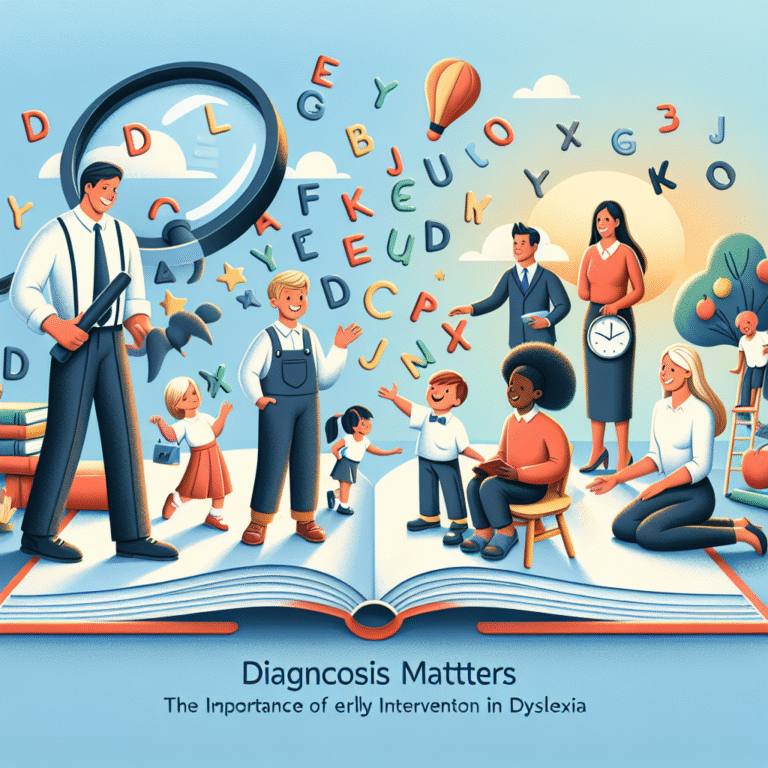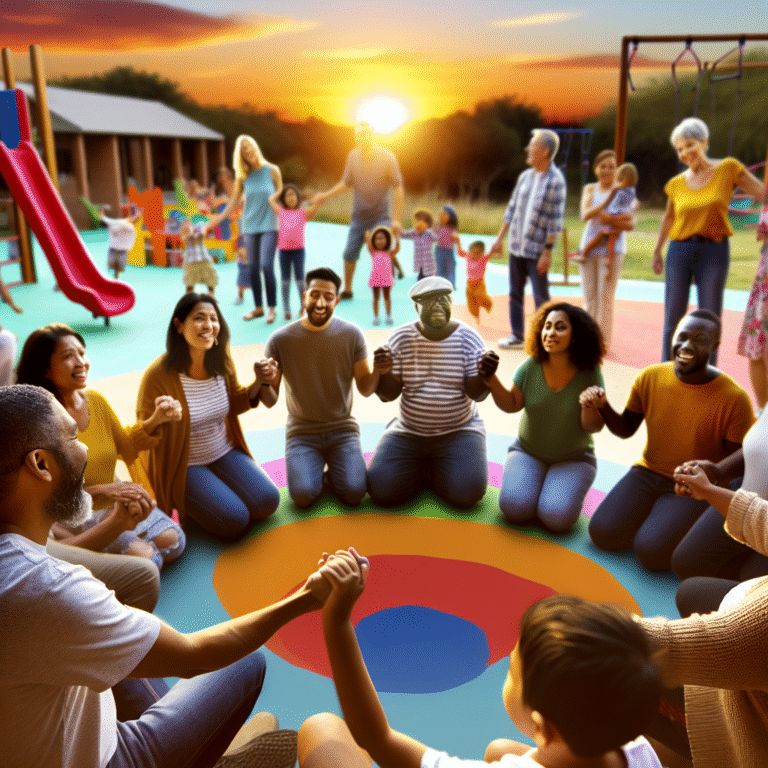
From Mindset to Moments: The Essential Psychological Pathways to Achieving Happiness
Introduction
In an age where happiness seems to occupy a constant spotlight in our discussions—whether among friends at brunch or professionals in the corporate boardroom—the quest for well-being often leads us down a winding road paved with misunderstandings. Yet, achieving happiness is not merely a fleeting emotion; it encompasses a rich network of psychological pathways that transform our mindsets into moments of joy and contentment.
In this article, "From Mindset to Moments: The Psychological Pathways to Achieving Happiness," we will delve deep into how our mindset shapes our experiences, the role of emotional intelligence in crafting joyful moments, and actionable strategies rooted in psychological research that can help you move from understanding to implementation. Are you ready to embark on this transformative journey toward authentic happiness?
Understanding the Mindset
The Foundation of Happiness: Your Mindset
Psychology tells us that mindset—our beliefs about ourselves and our world—plays a fundamental role in determining our happiness levels. Carol Dweck’s work on growth and fixed mindsets illustrates that individuals who believe in their capabilities are more likely to persist in the face of challenges and thrive. In contrast, those with a fixed mindset often shy away from risks, limiting their potential for happiness.
Case Study: The Growth Mindset in Action
Consider a young artist named Lisa who faced repeated rejections from galleries. Instead of succumbing to despair, she adopted a growth mindset, believing that feedback could lead to improvement. Lisa began to experiment and refine her technique, ultimately landing a solo exhibition that garnered positive reviews. Her story exemplifies how shifting one’s mindset can lead to transformative outcomes—moving from mere thoughts to joyful moments.
Cultivating Positive Thinking
While mindset is a powerful tool, cultivating a positive outlook is equally essential. Research shows that positive thinking can enhance well-being by fostering resilience and increasing our capacity to manage stress.
Strategy: Daily Affirmations and Gratitude Journaling
Incorporating daily affirmations and gratitude journaling into your routine can be transformative. For instance, setting aside just five minutes each morning to jot down three things for which you’re grateful can create a ripple effect throughout your day, turning mundane moments into experiences of joy.
| Technique | Benefits |
|---|---|
| Daily Affirmations | Boosts self-confidence |
| Gratitude Journaling | Enhances emotional resilience |
The Role of Emotional Intelligence
Understanding Emotional Intelligence
Emotional intelligence (EI) refers to the capacity to recognize, understand, and manage our own emotions as well as those of others. High EI has been linked to greater happiness as it allows individuals to navigate social complexities and build meaningful relationships.
Case Study: Emotional Intelligence in the Workplace
A tech company faced challenges in team dynamics due to miscommunication and conflict. After implementing EI training, employees reported improved interactions and work satisfaction. The improved team cohesion not only increased productivity but also transformed everyday moments into more enjoyable experiences.
Building Emotional Connections
Creating meaningful relationships is essential for emotional well-being. Keith Ferrazzi’s concept of "relationship building" emphasizes the importance of connecting deeply with others. These connections can lead to shared joyful moments, further solidifying happiness in one’s life.
Strategy: Active Listening
To foster emotional connections, practice active listening. This verified technique involves fully concentrating, understanding, and responding thoughtfully to others during conversations. Not only does this enhance interpersonal relationships, but it also contributes to personal happiness.
Mindfulness and Present Moment Awareness
The Power of Mindfulness
Mindfulness—the practice of being present in the moment—has gained substantial attention for its impact on happiness. Studies by Kabat-Zinn demonstrate that mindfulness can reduce stress and anxiety, facilitating a pathway to happiness.
Practice: Mindfulness Meditation
Engaging in mindfulness meditation can lead to profound shifts in perspective. By dedicating time each day to mindful breathing, individuals can cultivate an awareness that allows for greater appreciation of life’s small, joyful moments.
| Mindfulness Technique | Key Benefits |
|---|---|
| Mindful Breathing | Reduces stress and promotes clarity |
| Body Scan Meditation | Enhances body awareness and presence |
Creating Joyous Moments
Once you embrace mindfulness, the true transformation occurs—simple moments become vessels of happiness. A walk in nature, a shared meal with a friend, or even savoring your morning coffee can all become catalysts for joy when approached with a mindful perspective.
Positive Psychology Interventions
The Science of Happiness
Martin Seligman’s groundbreaking work in positive psychology advocates for cultivating strengths rather than fixing weaknesses. This approach effectively shifts the focus from what is wrong to what can enhance happiness.
Intervention: Strengths Identification and Utilization
Identifying your signature strengths plays a pivotal role in this process. Engage in exercises like the VIA Survey of Character Strengths to understand your unique abilities. Subsequently, look for ways to employ these strengths in daily activities—whether at work or home.
Case Study: Finding Strengths in Adversity
Sarah, diagnosed with chronic illness, leveraged her strengths in resilience and empathy to create a support group for others facing similar challenges. By focusing on her capabilities rather than limitations, Sarah not only found personal fulfillment but also fostered a community that uplifted others.
Gratification vs. Pleasure
Understanding the distinction between pleasure (fleeting moments) and gratification (longer-lasting fulfillment) can enhance your pursuit of happiness. While pleasure may provide instant satisfaction, gratification yields deeper joy over time. Engaging in activities that align with your values leads to a more meaningful existence.
| Factor | Pleasure | Gratification |
|---|---|---|
| Duration | Short-term | Long-term |
| Emotional Impact | Momentary joy | Deep satisfaction |
| Source | Casual experiences | Purposeful engagements |
The Influence of Environment on Happiness
Creating a Positive Environment
Our environment significantly influences our mood and emotional well-being. Studies illustrate that a supportive, positive environment can elevate happiness levels.
Strategy: Curate Your Surroundings
This involves surrounding yourself with uplifting individuals and engaging in activities that nourish your mind and spirit. Consider decluttering your space or personally decorating to foster an atmosphere that resonates with your values.
The Importance of Work-Life Balance
Balancing Professional and Personal Life
Achieving happiness often boils down to balance. The renowned concept of work-life balance emphasizes that overindulgence in either sphere hampers joy.
Practice: Time Management Techniques
Implement time management techniques such as the Pomodoro Technique or time-blocking. By allocating specific times for work, hobbies, and relationships, you create a framework that encourages both accomplishment and leisure.
Case Study: Successful Work-Life Integration
Emma, a project manager, struggled with work-life balance due to constant after-hours emails. After implementing strict boundaries on work communication, Emma not only improved her productivity but also reclaimed family time, leading to a happier, more fulfilling life.
Conclusion
Navigating the pathways that lead to happiness is not merely a theoretical pursuit; it demands practical action grounded in psychological insights. By shifting our mindsets, cultivating emotional intelligence, practicing mindfulness, and creating a supportive environment, we can turn aspirations into joyous moments.
As you embark on your journey from mindset to moments, remember that happiness is not a destination but a continuous experience shaped by your thoughts, actions, and relationships.
Frequently Asked Questions (FAQs)
1. What is the difference between happiness and joy?
Happiness is often considered a general state of well-being, while joy is a more intense, fleeting emotion usually tied to specific moments or experiences.
2. Can mindset really impact my happiness?
Yes, research suggests that our beliefs and attitudes shape our emotional experiences. A positive mindset promotes resilience and overall life satisfaction.
3. How can I practice mindfulness daily?
Simple mindfulness practices include focused breathing, mindful eating, and being fully present during daily activities like walking or interacting with others.
4. What role do relationships play in happiness?
Strong, supportive relationships are foundational to happiness, providing emotional support, companionship, and shared experiences.
5. How can I maintain work-life balance?
Setting clear boundaries, prioritizing tasks, and making time for personal activities can help you achieve a healthier work-life balance.
As you reflect on the insights gained in "From Mindset to Moments: The Psychological Pathways to Achieving Happiness," may you feel inspired to take actionable steps toward cultivating a fulfilling life filled with joy and contentment. Remember, happiness is always within your reach!
















